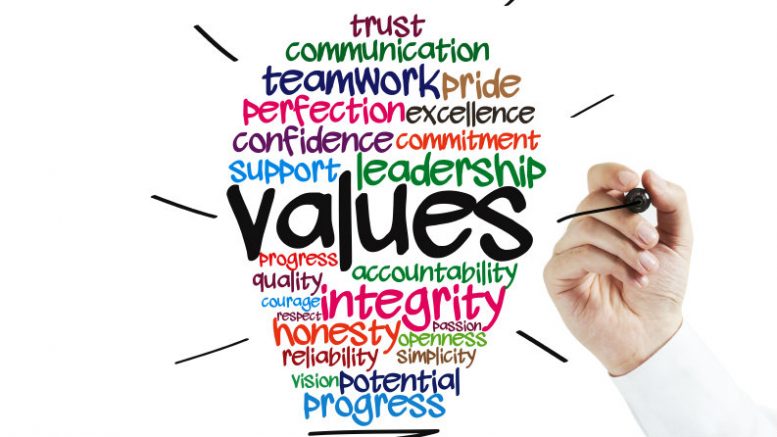I am often asked about the role communications play in driving culture and culture change. In my many years of as a communicator if there is one aspect that has only grown in stature, it is that of internal communications. Driving culture is integral to this aspect.
Driving culture is all about creating an environment that nurtures behaviours that are crucial and aligned with the overall business strategy.
What are those behaviors that will lead to an organisation having the right culture? Ask yourself. Is it trust? Inclusiveness? Diversity? Customer focus? Integrity? Innovativeness? Once these have been pinned, it has to be rolled out and understood by all. Most importantly, your employees need to live and breathe these behaviors day in and out. That is the role of a communicator.
The evolving definition of culture
How do we talk of culture to the current generation of millennials who are open to change and moving on; with whom brand loyalty is just so passé? What is culture to them?
Culture can be broadly defined as the ‘way things are done’ in an organisation. It is the outcome of the vision or mission that drives a company, the values that guide the behavior of its people, and the management practices, working norms, and mind-sets that characterise how work actually gets done.
There are three elements to a culture: behaviors, systems, and practices, all guided by an overarching set of values. A great culture is what you get when all the three are aligned and in line with the organisation’s espoused values.
The millennials not only look at the brand, they look into what defines that brand. To them, it is the ‘cause’ the company espouses that carries more value than salaries. Sustainability and environment concerns are critical discussions for them. Inclusion and diversity is close to their heart and they do their research before they appear for job interviews. Organisations have to shift their focus accordingly – job interviews are no longer about experience and salary. They are today about culture and once finding the best talent; it is about retaining that talent.
Where to go and what to do
Employees play a central role. The success of your organisation is down to the work of employees in all areas of the company. Their commitment is also decisive for your future success. Your company has to create an environment that enables everybody to give his or her best – and YOU need to encourage everyone to do so.
In order to make people change their behavior, as a communicator you need to know what to do differently and why. Based on the best behaviors that the company has identified, you need to define a vision of where you want to go. This is the starting point.
A word of caution though – changing behaviors is tough. When was the last you changed a particular behavior or imbibed a new one? How long did it take for you? Our brains love routines. Routines become rituals. Rituals form culture. Changing our routines is hard work for the brain. Only small steps with immediate (positive) feedback will ultimately help changing behaviors
- Diagnose
Begin by diagnosing the change need. Talk to your employees and find out what they seek. Hold discussions with leaders to understand the big picture. Assess how culture will transform the organisation and help achieve its goals. Do a culture pulse check!
- Develop & Define
Understand the gap between where you are and where you want to go! Define the expected change in behaviors as clear as possible. Culture is only visible through behaviour. If we agree that we want to develop our culture further, we need to define which behaviours we want to emphasise. Focus on emphasising and amplifying these behaviours in your organisation, so that you can ensure that your culture supports your strategy and purpose.
- Deliver & Drive
Involve senior leadership in execution. Be agile in adapting during the journey of change. Culture can be driven both ways – top down and bottoms up! Ensure employees are on board with the overall idea and execution. Create a training plan.
Driving culture starts with communications and with YOU!



Be the first to comment on "Driving culture"